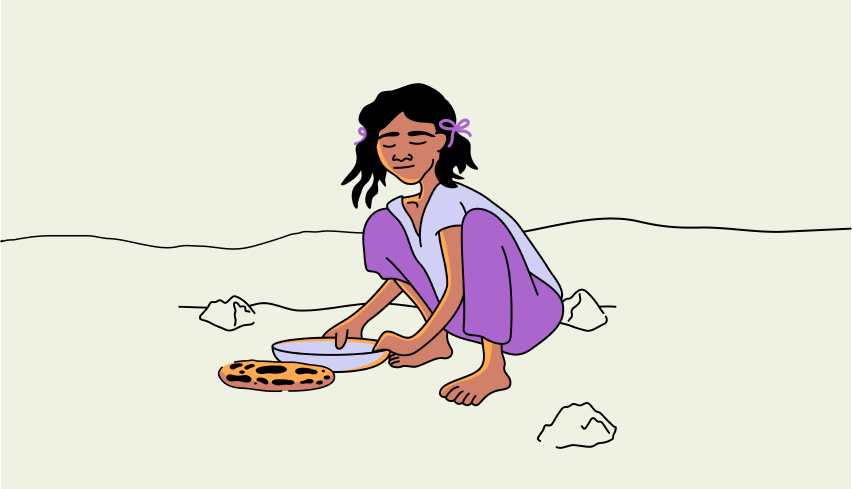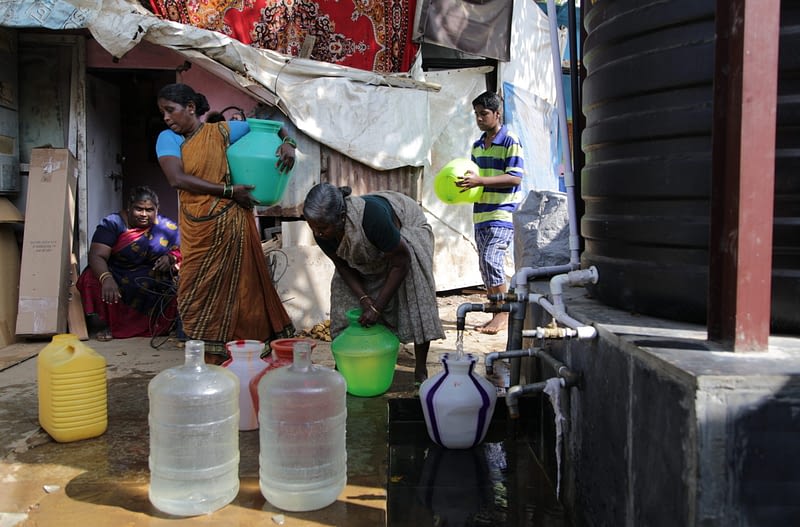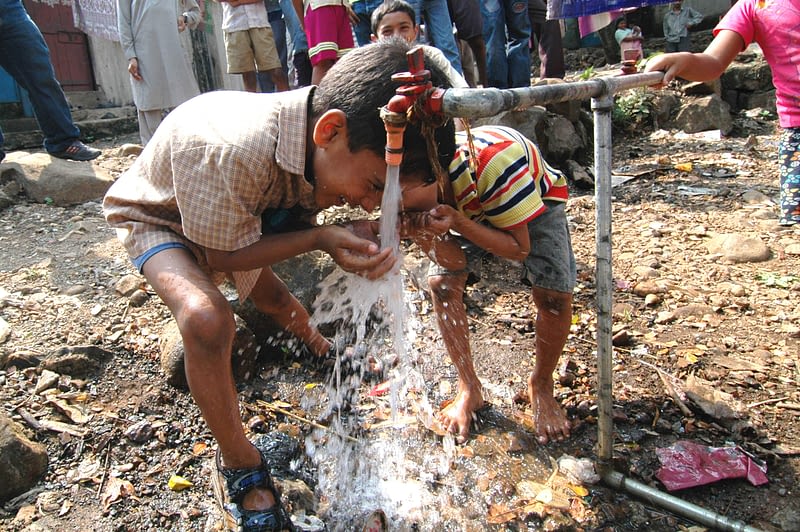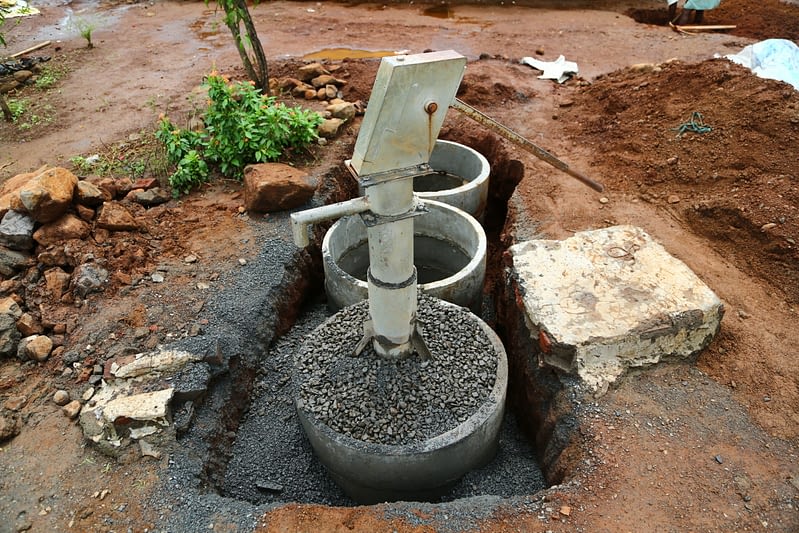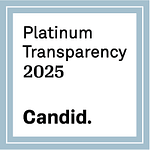Written by: SOS International
Over the past two decades, SOS has seen dire situations where communities lack clean water or have contaminated sources. Clean water is essential for the well-being of at-risk children. Early in our work, we recognized the need for tailored solutions rather than a one-size-fits-all approach. Our projects include drilling new wells, refurbishing existing ones, installing filtration units, and providing emergency water tankers. Today, we want to share insights on the most effective systems for urban and rural areas.
Solutions for Urban Areas:
The main challenge regarding water solutions in urban areas is that water systems already exist, but the quality is questionable. These areas are where community filtration units are most popular. Filtration units are installed on existing water sources in areas with high populations to help ensure water quality and to keep ground contamination at bay. Filtration units are prevalent in places at sea level where the water is brackish. However, if you drill too deep, it can become contaminated with seawater.
Urban areas also often need emergency water solutions for more rapid response. This crisis response includes bringing in water tankers and bottled water for temporary relief until a permanent solution is created.
Solutions for Rural Areas:
In rural areas, various water systems can be beneficial, depending on the community’s specific needs. Often, this involves creating a new water system where none currently exists. The most common solution is a water bore well. Handpump wells are excellent options for shallow water tables at depths of 200 to 300 feet. A submersible electric pump is necessary for water tables deeper than 300 feet. However, as the name suggests, these pumps require regular access to electricity to function.
If there’s a need to expand water infrastructure, community water distribution taps are the answer. These taps can connect to existing water wells to provide additional access points throughout the community, thus improving water distribution. One risk associated with these systems is maintaining the safety of open lines to prevent contamination. More pipe exposure increases the potential damage. If pipes become punctured, it becomes easier for polluted groundwater to backfill into the system.
Another effective solution for rural areas is recharging water wells, particularly in communities facing declining water tables due to drought. Existing wells and water sources may dry up as the water table drops. Rechargeable infrastructure can be installed on existing bore wells to utilize rainwater harvesting. This method helps capture monsoon rains to replenish the water table instead of allowing the rainwater to run off to lower levels.
When choosing a water system, we find the best solution by working with Local Care Networks. Local people know their needs better than we do, so we work alongside them to develop the best and most sustainable solutions. These solutions are entirely controlled and maintained efficiently by people in the community for sustainability. This is how SOS does water!
World Water Day is coming up this month on March 22nd, 2025. If you want to make a difference in the life of an at-risk child in a community lacking clean water, join us as we raise $10,000 to drill a fresh water well in two communities in Asia that need them.


